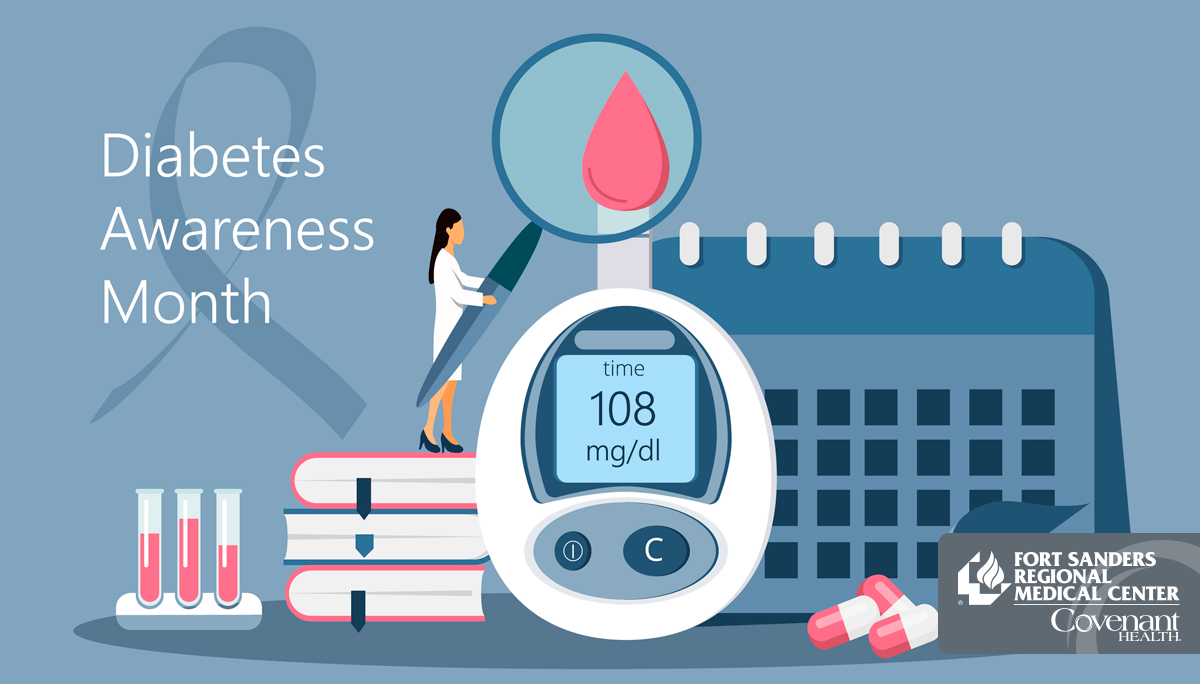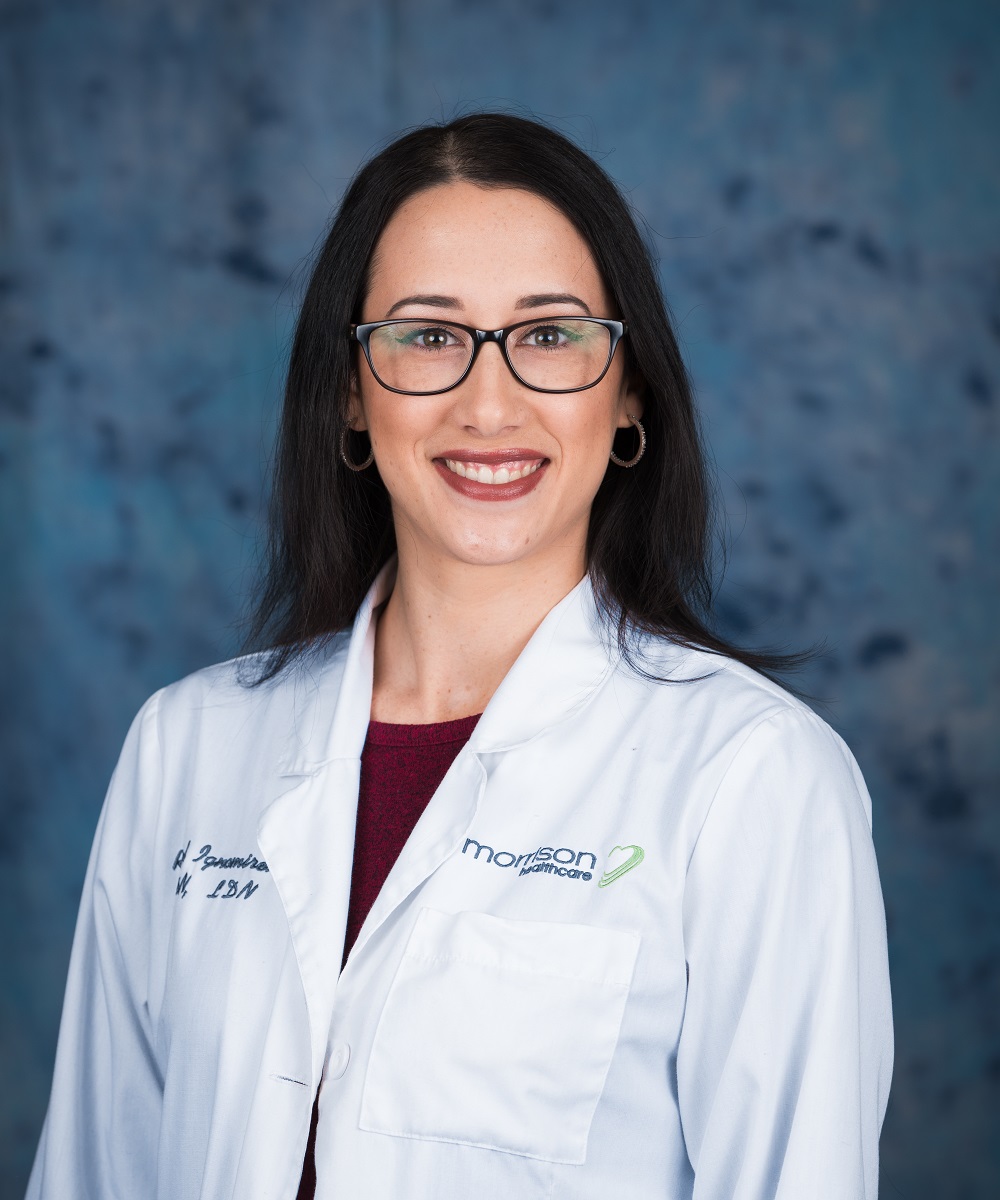- Find a DoctorDoctors by Specialty
- Cardiac Electrophysiology
- Cardiology
- Colon & Rectal Surgery
- Family Medicine
- Gastroenterology
- General & Vascular Surgery
- Gynecological Oncology
- Gynecology
- Infectious Disease
- Internal Medicine
- Interventional Cardiology
- Interventional Radiology
- Nephrology
- Neurology
- Neurosurgery
- Obstetrics & Gynecology
- Oncology
- Oncology & Hematology
- Orthopedic Surgery
- Otolaryngology
- Perinatology
- Psychiatry
- Pulmonary Medicine
- Radiation Oncology
- Rheumatology
- Sleep Medicine
- Thoracic Surgery
- Urology
- View All Doctors
- Our ServicesMedical Services
- Bariatric Services
- Behavioral & Mental Health
- Breast Care
- Cancer Care
- Critical Care
- Ear, Nose, & Throat
- Emergency Services
- Gastroenterology
- Glossary
- Heart Care
- Home Care
- Hospice & Palliative Care
- Imaging & Diagnostics
- Long-Term Care
- Nephrology
- Orthopedics
- Primary Care
- Rehabilitation Therapies
- Robotic-Assisted Surgery
- Sleep Services
- Spine Care
- Stroke Care
- Surgery Services
- Telehealth Services
- Urology
- Urgent Care
- Virtual Urgent Care
- Women’s Services
- Wound Care
- Our Locations
- Patients & Visitors
- About Us
 According to the Center for Disease Control and Prevention in 2020, 34.2 million Americans (just over 1 in 10) have diabetes. Millions of people around the country suffer from this disease yet many adults still do not know the symptoms of diabetes. November is American Diabetes Month, a time to raise awareness of this disease. To help bring diabetes education to the community’s attention, we talked with one of the Fort Sanders Regional Medical Center dietitians Rachel Ignomirello, MS, RDN, CSOWM, LDN, who routinely sees patients with diabetes.
According to the Center for Disease Control and Prevention in 2020, 34.2 million Americans (just over 1 in 10) have diabetes. Millions of people around the country suffer from this disease yet many adults still do not know the symptoms of diabetes. November is American Diabetes Month, a time to raise awareness of this disease. To help bring diabetes education to the community’s attention, we talked with one of the Fort Sanders Regional Medical Center dietitians Rachel Ignomirello, MS, RDN, CSOWM, LDN, who routinely sees patients with diabetes.
What is American Diabetes Month?
American Diabetes Month is a time to raise awareness for the diabetes epidemic. Millions are at risk for it or are living with it, so it’s a time to get educated, find resources, and lift each other up.
How do you interact with patients who have diabetes or who are at risk for developing diabetes?
I mostly interact with outpatients who have type 2 diabetes. Physicians refer patients to me for diabetes-related nutrition counseling.
Describe the two types of diabetes.
According to the American Diabetes Association, diabetes is a disease that occurs when your blood glucose, also called blood sugar, is too high.
In type 1 diabetes, the body does not produce insulin, a hormone made by the pancreas that helps glucose from food get into your cells to be used for energy. Type 2 diabetes is the most common form of diabetes—and it means that your body doesn’t create enough insulin or may not use it properly.
What are some risk factors for type 2 diabetes?
 Type 2 is more likely to develop if you are over 45 years old, have a family history of diabetes or have excess weight. Other risk factors include physical inactivity, race, prediabetes, gestational diabetes during pregnancy, and other health problems such as high blood pressure.
Type 2 is more likely to develop if you are over 45 years old, have a family history of diabetes or have excess weight. Other risk factors include physical inactivity, race, prediabetes, gestational diabetes during pregnancy, and other health problems such as high blood pressure.
Why is diabetes so prevalent in our society?
As a society, we are at risk because of our large portion sizes, quick access to unhealthy foods and mostly sedentary jobs and travel. This is evidenced by data from 2015 from the American Diabetes Association that shows over 9 percent of the U.S. population had diabetes. Plus, 1 in 4 of those people didn’t even know they had the disease.
How can someone avoid developing type 2 diabetes?
Small changes lead to big results. Make small changes to the way you eat without giving up the foods you love. Increase your physical activity levels to 30 minutes a few days a week. If you have excess weight, set a weight-loss goal that you can reach. Try to lose at least 5 to 10 percent of your current weight—that can make a huge difference.
What should you do if you think you are developing diabetes or if you recently found out that you have diabetes?
Talk with your health care team. Ask your health care team about steps you can take to prevent or control diabetes. Ask if your health insurance covers services for weight loss or physical activity. See a local dietitian who can help you in your nutrition journey.
Get support for changing your lifestyle. Get your friends and family involved by asking them to support your changes. You can also join a diabetes prevention program to meet other people who are making similar changes.
What information do you as a dietitian want people know about diabetes?
Eating doesn’t have to be boring. It’s all about finding the right balance that works for you. One key to feeling your best lies in the food you eat. You can start by working with a registered dietitian nutritionist (RDN/RD) to make an eating plan that works for you. In it, be sure to include the foods you like—and don’t be afraid to try something new.
























